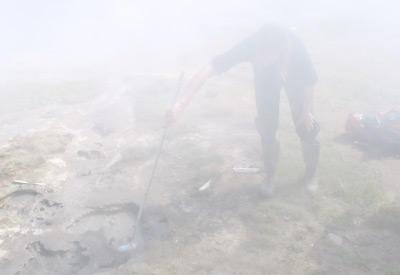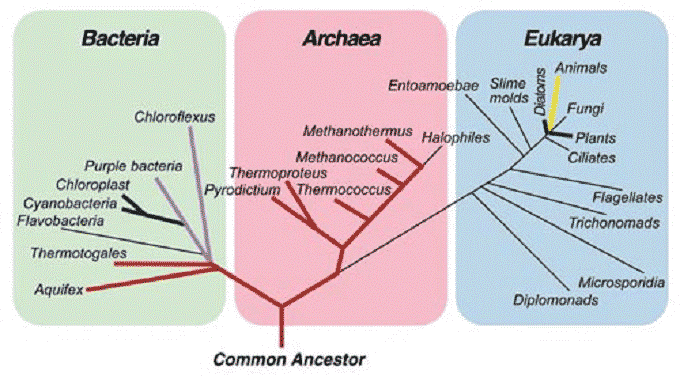Taking microscopic steps forward
Understanding the vast and complex microbial world around us is a difficult and complex process – we cannot see most of it!! However, thanks to better visualising tools and advances in molecular technology we are learning more – or coming to understand how little we know!

Hovedinnhold
Two of the three domains of life are microbial and one of these, the Archaea, was only recognised as being a separate domain in 1985. Archaea are particularly fascinating microbes for several of reasons including the fact that they have a number eukaryotic-like cell features and some of the most deep-branching ones may have features that will help us to better understand the Last Common Ancestor of prokaryotic and eukaryotic life.
Three researchers from the Centre for Geobiology (CGB) and the Department of Biology (BIO) at the University of Bergen (UiB), Laila Reigstad, Steffen Jørgensen and Christa Schleper, have just published a paper that helps to advance our understanding of a particular kingdom of Archaea, the Korarchaeota.
Korarchaeota are an ancient group of hyperthermophilic Archaea. These scientists had the unique opportunity to test and compare samples from various far-flung extreme environments: hot springs in Iceland and Kamchatka, Russia and from hydrothermal vents in the deep sea. They compared the diversity, distribution and abundance of the Korarchaeota microbes in their samples and found that there was a clear DNA sequence separation between the populations obtained on land and in the sea. Interestingly there was also a separation within the terrestrial sequences, indicating a biogeographic distribution.
The researchers took samples from filaments, microbial mats and mud. They only found Korarchaeota in the filaments and microbial mats. This may indicate that the Korarchaeota need to get essential nutrients from other microbes. Interesting!
The detailed work involved in the careful characterization of the various samples has revealed interesting information about the Korarchaeota – and raised more questions. How ancient are they? what are their optimal living conditions?

